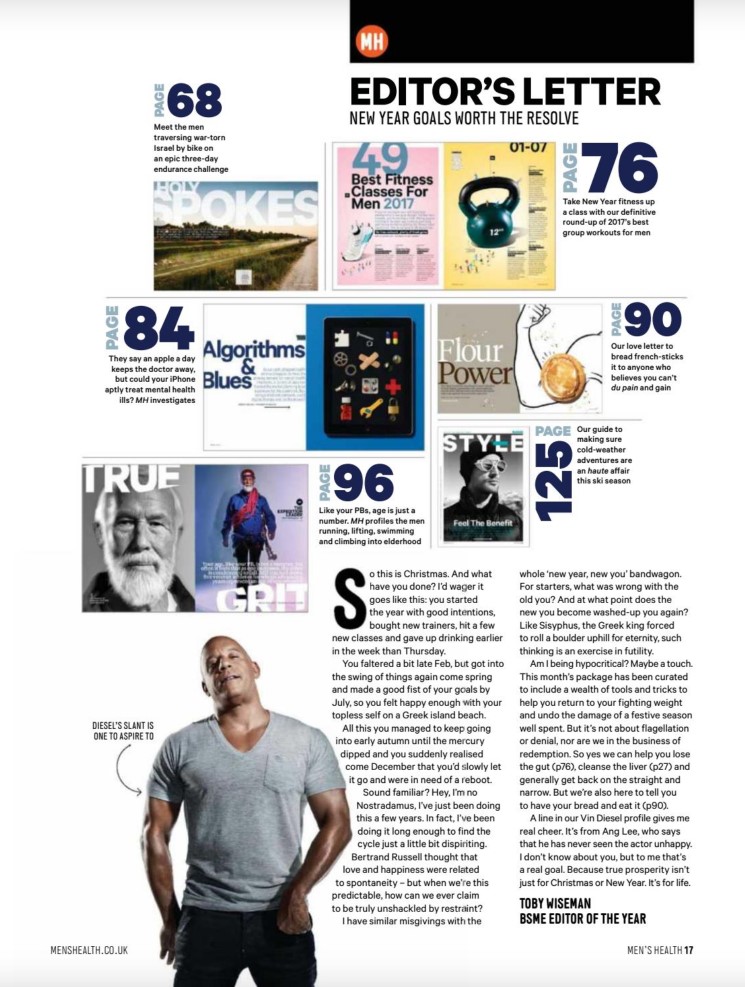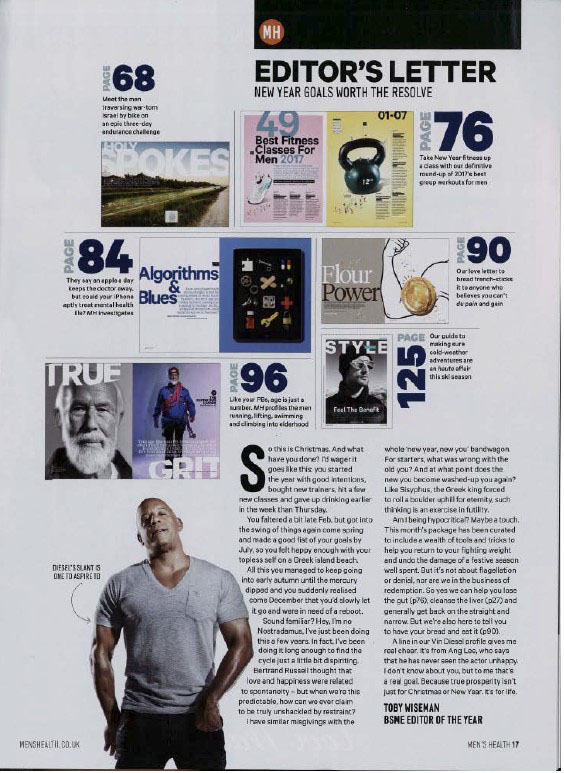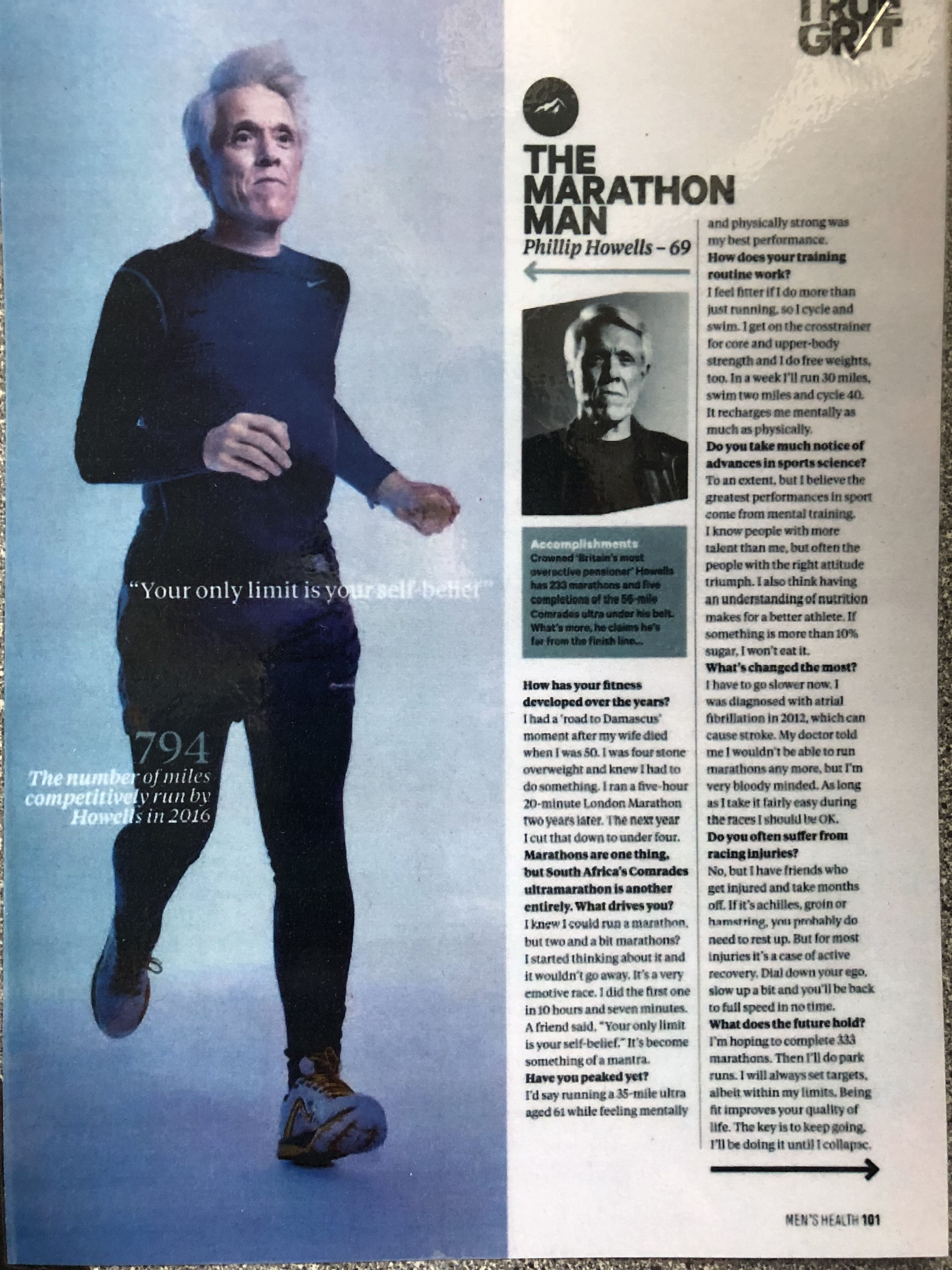command words
describe – remembering specific elements
compare – talking about the similarities and differences between two things
evaluate – to judge and share own opinions/ real evidence
analyse – in depth look at an idea with accurate explanation
knowledge – vague outline of an idea or concept / can touch on it
understanding – to explain clearly and deeply about an idea or concept / can evaluate it
| what do you know about | what meaning or understanding do you have of their ideas? how can you apply those ideas to your CSP’s? | |
| Noam Chomsky | the 5 filters of media: – ownership -advertising -official source -flack -marginalizing dissent | ownership- advertising- Maybelline and score. and how they are structured to sell the project. official source- making sure what you are reading or referencing is true (newspapers) the I and they daily mail. |
| James Curran | patterns of ownership media distribution social and political change | he talks about ownership and how different companies will have different |
| Habermas | linked to Curran public sphere | talks about how media is passively consumed |
| semiotics | The study of signs and symbols Roland Barthes CS Pierce Ferdinand De Saussure Textual analysis is needed radical– something you wouldn’t expect / out of the ordinary reactionary-what you would expect/ follows stereotypes | Sign– something which can stand for something else Code– technical, written and symbolic tools which used to construct or suggest meaning in media forms. Convention– accepted ways of using media codes Dominant Signifier– the main representative. Anchorage-words with an image to provide context Roland Barthes Talks about how culture and communication maintain things such as myths and ideology CS Pierce How signs and symbols can have different meanings Icon-physically resembles thing or idea Index-A sign that has a link to its object Symbol-Symbol, a sign that has an arbitrary or random link to its object Ferdinand De Saussure talks about |
| David Gauntlet | representation fluidity of identity | 4 types of identity collective identity- that is what is expected as a man constructive identity – changing their identity when they are influenced by the magazine negotiated identity- when reading or influenced fluid identity- |
| Lasswell | hypodermic needle model | who developed the theoretical tool of ‘content analysis’ and in 1927 wrote Propaganda Technique in the World War which highlighted the brew of ‘subtle poison, which industrious men injected into the veins of a staggering people until the smashing powers . . . knocked them into submission’ To illustrate his hypothesis, in 1948 he developed a linear model of communication one that breaks down the line of communication from point A to point B, in which the SENDER is transferring a MESSAGE, through a MEDIUM (eg Print, radio, TV, etc) that has a direct effect on the RECEIVER. This approach was later adapted by Shannon and Weaver in 1949, as the Transmission model of Communication, NOISE, ERROR, ENCODING and FEEDBACK. |
| Lazarfeld | two-step flow theory Personal Influence (1955). The book explains that people’s reactions to media messages are mediated by interpersonal communication with members of their social environment. | suggests that opinion leaders pay close attention to the mass media and pass on their interpretation of media messages to others The Two Step Flow Theory maintains that audiences are active participants in the communication process |
| Uses and Gratifications | The Uses and Gratifications Theory is a Mass Communication theory that focuses on the needs, motives and gratifications of media users. The theory states that media consumers are passive consumers of mass communications; rather, they play an active role in media consumption | Some people might watch news for information, some for entertainment, and some for self-reassurance media companies profit off what the audience enjoys, capitalism doesn’t care about race or gender only in making money and to do that they tailor their products to appeal to their audience, so they keep consuming it. |
| Stuart Hall | media consumers were alert and critical readers, listeners and viewers encoding and decoding hegemony- the set of ideas that dominate within society these ideas are usually formed by those groups who have power. | |








